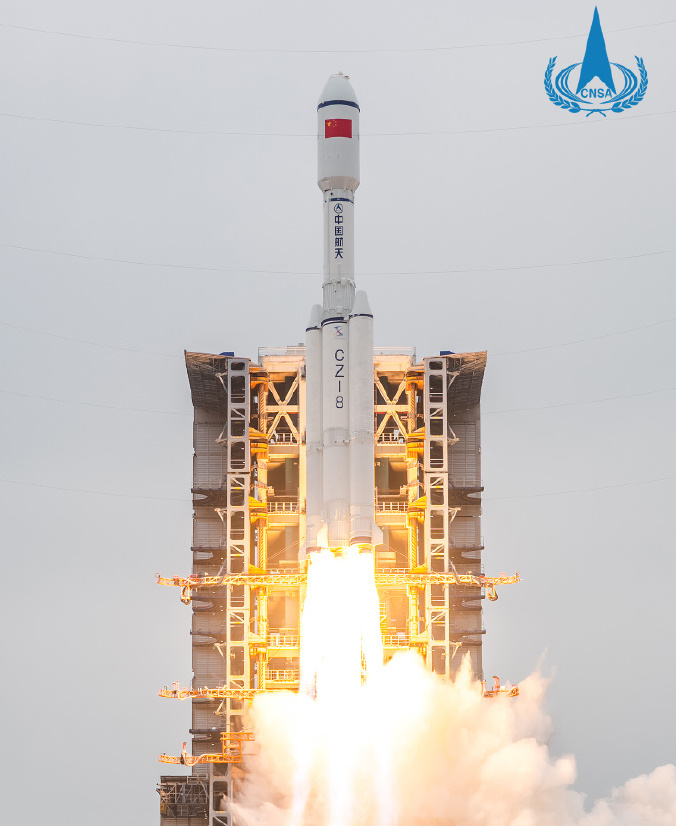China continues to accumulate space successes, with the commissioning this morning of a new medium-power, potentially reusable launcher.
Replacing the aging Long March 2 and 3
A new medium-power launcher was inaugurated this morning, on the occasion of the 102 nd successful orbital launch of the year (and the 34th from China) : the Long March 8, developed by the Chinese Academy of Launcher Technology (Calt).
The Long March 8 is intended to replace the Long March 2 and 3 developed at the beginning of the Chinese space program.
With a height of 50.3 m, a diameter of 3.5 m and a take-off weight of 356 t, the LM 8 is composed of two stages (kerosene/liquid oxygen for the first stage, derived from LM 7, and hydrogen/liquid oxygen for the second, derived from LM 3B), as well as two solid propellant boosters.
It can thus place 7.6 t in low orbit, 4.5 t in sun-synchronous orbit (at an altitude of 700 km) or 2.5 t in geostationary transfer orbit.
A reusable version by 2025
LM 8 took off on December 22 at 4:37 a.m. UTC, under a particularly overcast sky.
All passengers were successfully placed in a sun-synchronous orbit.
An LM 8R version allowing the recovery of the first stage could enter into service by 2025.
New mission for ThrustMe
Implemented from the Wenchang Space Center on Hainan Island, the first LM 8 carried five payloads: the XJY-7 technology demonstrator and small Earth observation satellites.
Among them ET-Smart-RSS, a 6U cubeat ( 8 kg at liftoff ) was built by Smart Satellite Technology, on behalf of the Ethiopian Institute of Space Science and Technology (Essti), as well as Hisea 1, the first commercial synthetic aperture radar satellite of the Sino-Luxembourg company Spacety (180 kg).
Hisea 1, the world's first small commercial C-band SAR satellite with a phased array antenna, is equipped with the iodine electric propulsion system from French startup ThrustMe, which is responsible for maintaining the satellite in orbit, avoiding debris and de-orbiting it at the end of its life (scheduled for three years).
This is the second time in six weeks that a ThustMe engine has been launched: on November 6, Spacety's Beihangkongshi 1 demonstrator (a 12U cubesat) became the world's first satellite equipped with an electric iodine thruster.

